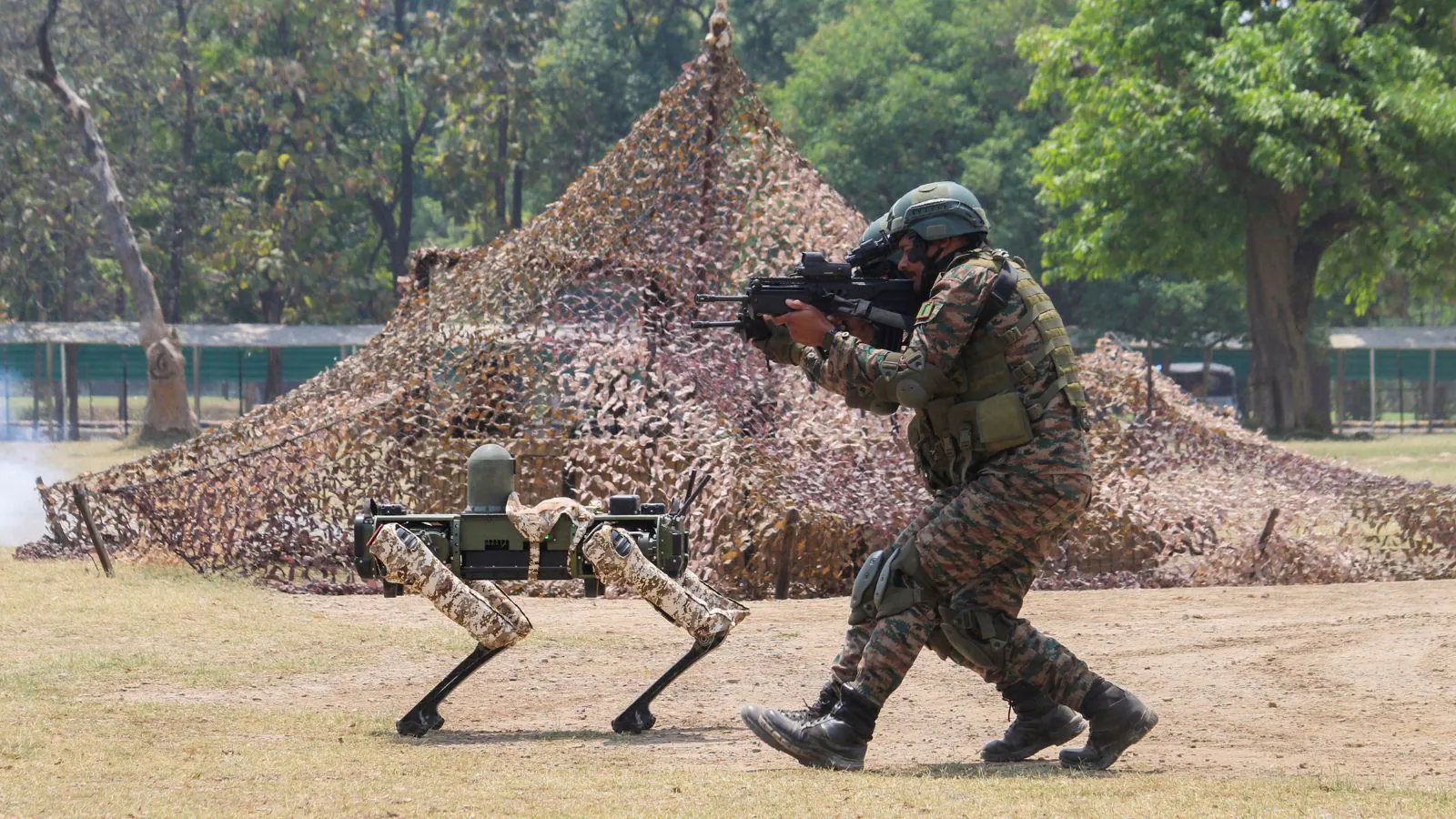Copyright news18

After a series of intense operational activities on the western borders, the Indian Armed Forces are now shifting focus to the eastern front. Beginning November 11, India will launch Poorvi Prachand Prahar, a large-scale tri-service exercise that will test integrated combat capabilities, coordination, and high-altitude readiness in Arunachal Pradesh, according to top defence sources. The exercise, which will continue till November 15, is being seen as part of India’s broader strategy to enhance preparedness along its sensitive borders with China. According to defence officials, the upcoming drill will involve a full spectrum of joint operations between the Indian Army, Navy, and Air Force — a reflection of the “theatre command” concept that India has been gradually implementing. The exercise will showcase calibrated firepower and coordinated manoeuvres, bringing together artillery, mechanised units, drones, and precision air strikes in a realistic battlefield environment. The Indian Navy is also expected to participate through air surveillance and logistics support elements, underscoring the growing emphasis on inter-service synergy even in land-centric operations. Defence PRO Lt Col Mahendra Rawat, in a statement on November 1, said, “The highlight of the exercise will be the coordinated employment of special forces, unmanned platforms, precision systems and networked operations centres operating in unison under realistic high-altitude conditions.” Trishul Exercise on the Western Front While Poorvi Prachand Prahar focuses on the eastern sector, the Indian Armed Forces have been engaged in Exercise Trishul on the western front. Conducted along the borders of Rajasthan and Gujarat, Trishul has been testing combat readiness and coordination among frontline formations of the Indian Army, Air Force, and Navy. The exercise involves live-fire drills, electronic warfare systems, and integrated battlefield communications aimed at refining rapid-response mechanisms. Under Trishul, that began on October 30, strike formations have been conducting joint missions with the Indian Air Force’s fighter and transport aircraft, focusing on offensive and defensive operations across multiple terrains. Surveillance assets, including remotely piloted aircraft and satellite-based systems, have been used to provide real-time situational awareness. The Indian Navy, operating from the Arabian Sea, has supported the exercise through maritime reconnaissance and logistics operations, highlighting the military’s capacity for multi-domain operations. “Our main objective is to enhance the synergy between all the maritime forces as well as inter-services. This is a very large, complex, and multi-domain integrated operation that is being conducted at the largest scale, including aspects of cyber and space,” said Vice Admiral AN Pramod, Director General Naval Operations (DGNO). The western sector exercises also simulate high-tempo conflict scenarios involving modern warfighting doctrines. These include swift mobilisation of mechanised units, precision targeting, and integrated use of air defence systems, ensuring that India’s forces remain combat-ready on all fronts simultaneously. Months After Operation Sindoor Both Poorvi Prachand Prahar and Trishul follow closely on the heels of Operation Sindoor. In May this year, India targeted multiple terror camps operating across the Line of Control (LoC) and in Pakistan-occupied Kashmir (PoK), as a retaliation to the dastardly Pahalgam terror attack in which Pakistani terrorists killed 26 tourists in Jammu and Kashmir. The strikes, carried out by India days later, using precision munitions and drone-based intelligence, destroyed training facilities, launch pads, and key logistics hubs used by terror groups. Interestingly, the exercises also coincide with heightened activity across the border. Pakistan has issued a NAVAREA warning for mariners, announcing its own firing drills in the Arabian Sea, alongside NOTAMs (Notice to Airmen) for several air routes. Many observers view the timing with a sense of strategic caution, given the proximity of both nations’ exercises in the same maritime theatre.



